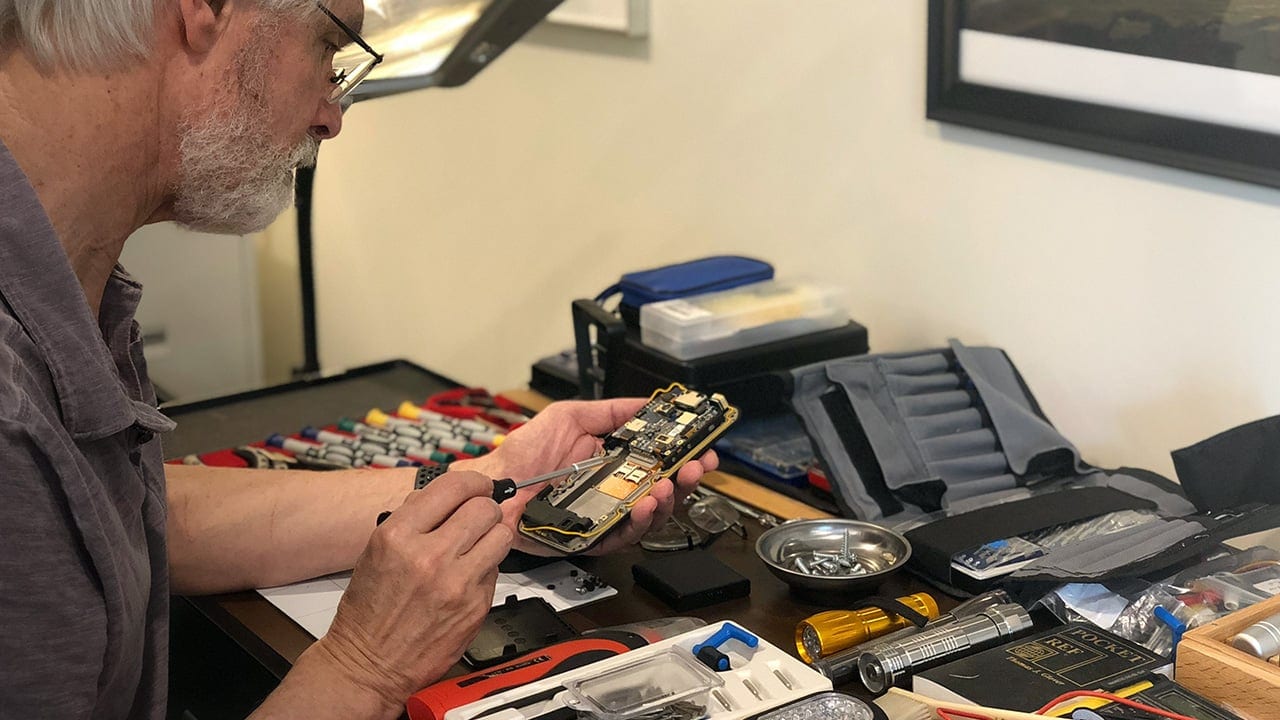Finding out true ruggedness
We do this because we believe that for a device to be truly rugged, its ruggedness must be more than just skin-deep. Truly rugged mobile computing devices are designed from the ground up to be tough and rugged and being able to handle the various kinds of abuse they may encounter in customers’ hands (and falling out of customers’ hands).
While style and good looks are essential to the success of consumer products, for rugged products good looks aren’t enough. Instead, every aspect of a rugged device, inside and out, must be designed and built to be able to handle its job. And that job is to not break, not come loose, not fail, not leak, and not wear out before its time.

And that is the reason why we look inside and describe what we find. We’ve done this for a very long time. It began in the mid-1990s when we reviewed an impressive-looking tablet designed for the military and use in the harshest conditions. It looked tough and rugged, but when we took it apart we found a mess inside.
There were loose wires and flimsy connectors everywhere, nothing was fastened in place, seals were poor or non-existent, there was no strong backbone, and the entire concept made no sense. It was instantly obvious that product was not going to hold up in the field. Not surprisingly, the manufacturer went out of business shortly thereafter.
That is why we think it is important to carefully examine what’s inside a rugged device and not just what it looks like outside. If the electronics inside are not properly designed and protected, the device isn’t rugged. It cannot handle abuse. Even the hardest and most impressive shell doesn’t make a device rugged if it’s not designed and built right inside.





